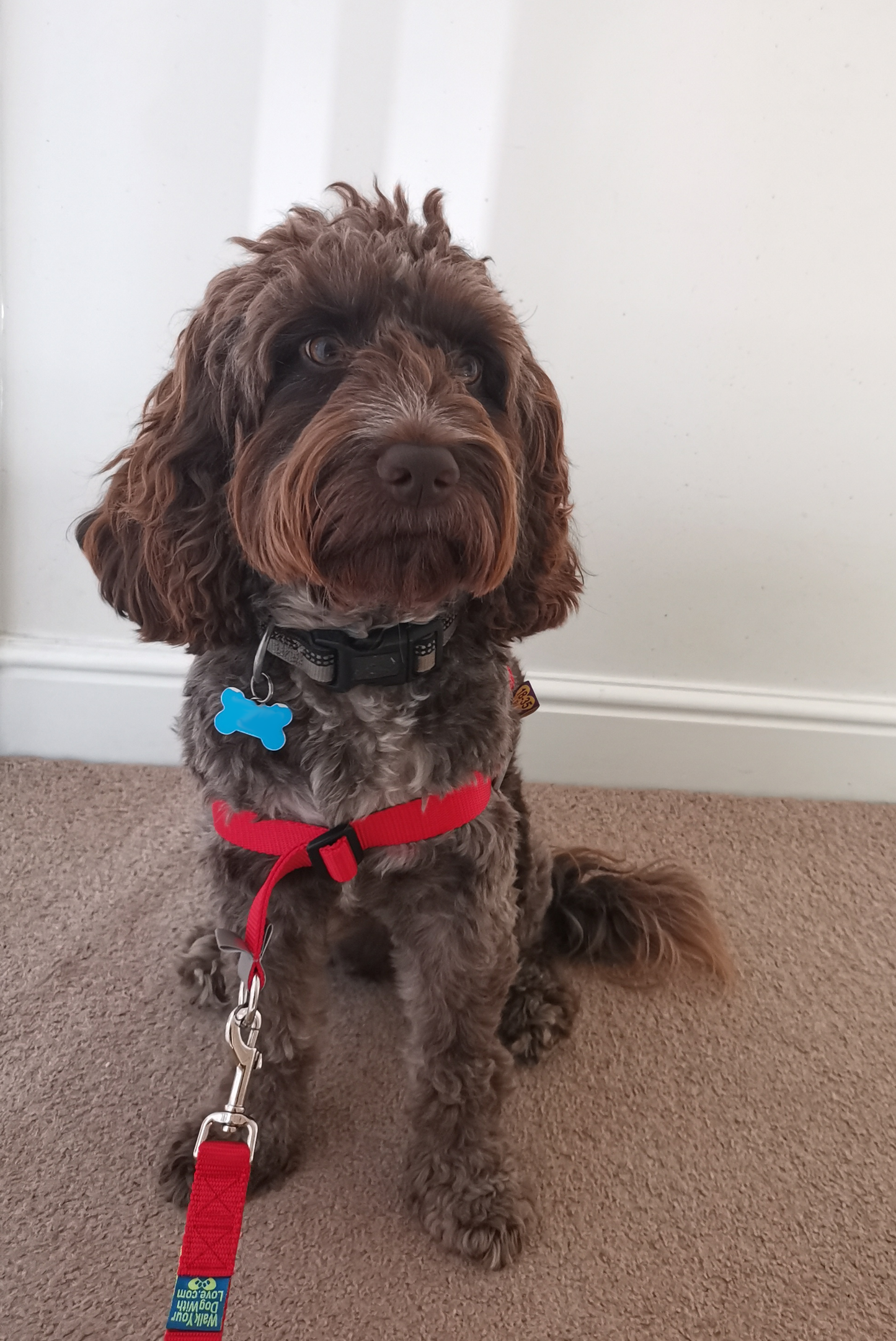1. Walk in Front of Your Dog
Walking in front of your dog positions you so that you can offer treats and get your dog's attention as soon as is needed with a treat. If he is in front of you, you will already be in a challenging position if he decides he wants to pull to chase a squirrel or another dog!
2. Make use of a short dog lead
This allows you to easily control your dog and won't give them a chance to pick up speed or momentum if they decide they want to lunge at anything. An extendable lead can lead to rope burns as well as shoulder injuries to both you and your dog if they sprint and then are suddenly stopped.
3. Allow Enough Time for the Dog Walk
Dogs, like humans, are diurnal, so morning walks are ideal. For an adult dog we recommend allotting thirty minutes to an hour. Each dog's requirements are unique. Consult your veterinarian and monitor your dog's behaviour to ensure that his needs are being met.
4. Reward Your Dog While Walking
Reward your pup as soon as he looks at you, or stops sniffing or comes back to your side after pulling away. The reward could be a treat if you're in early stages of training or simply a good boy or a little stroke if they are further along with their training. Once rewarded, continue walking and reward again when they look at you.
5. Consider a Walk Your Dog With Love Dog Harness
In early training it can be difficult to keep the focus of your dog and you may find that they are often pulling on the lead and trying to escape. One tool that many dog owners have found useful is the Walk Your Dog With Love No Pull Dog Harness. This can be a game-changer for teaching your dog to behave correctly.










